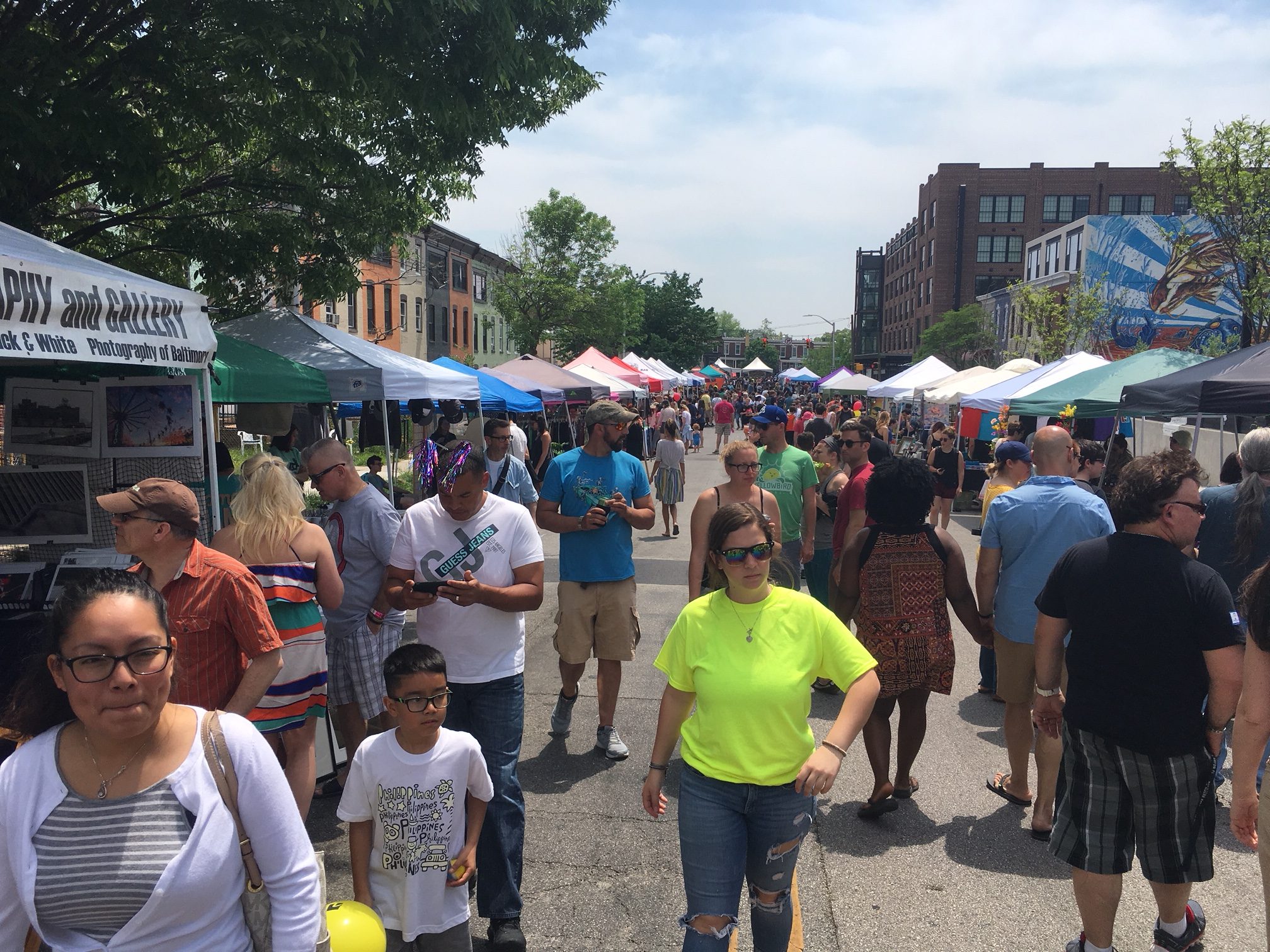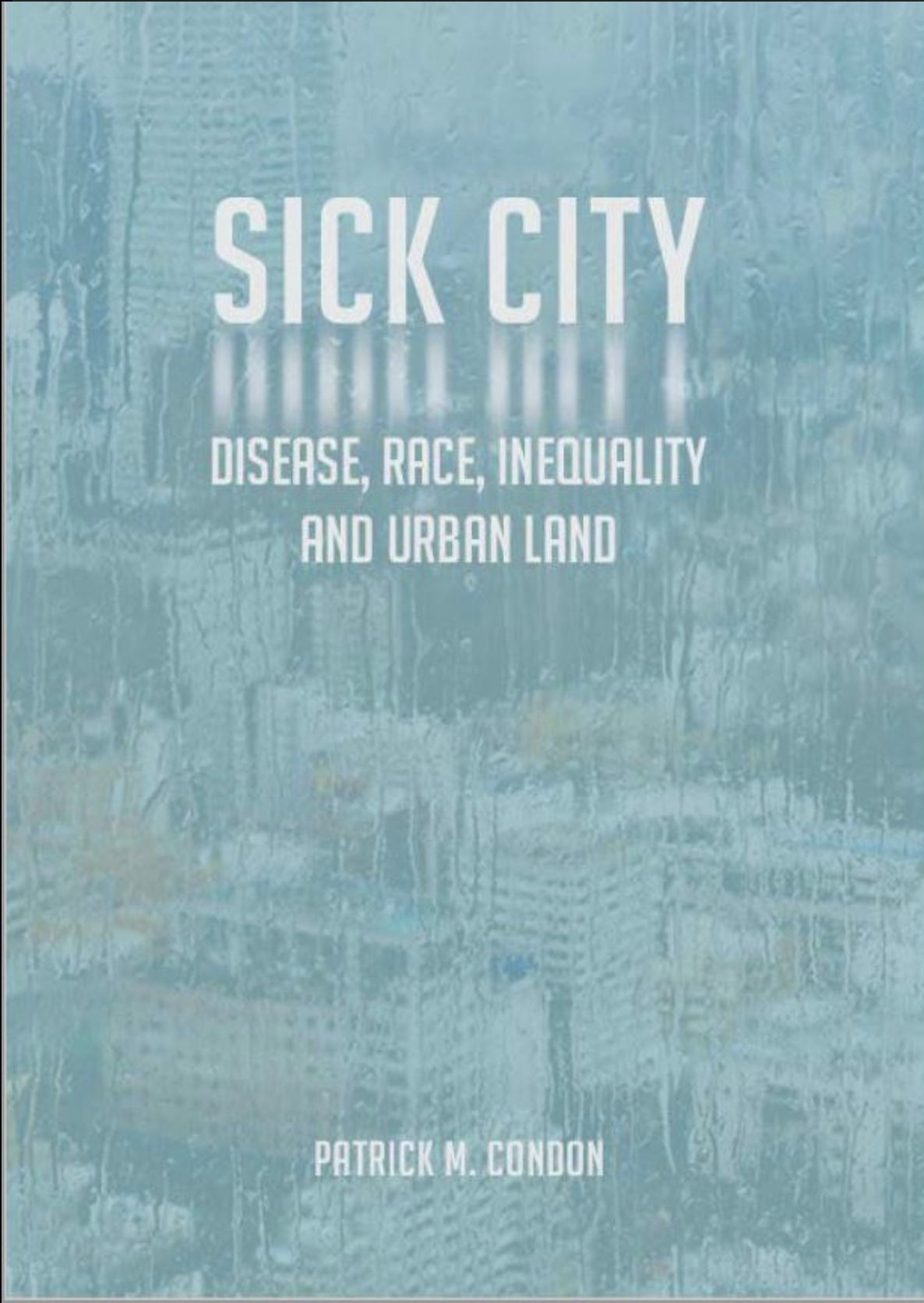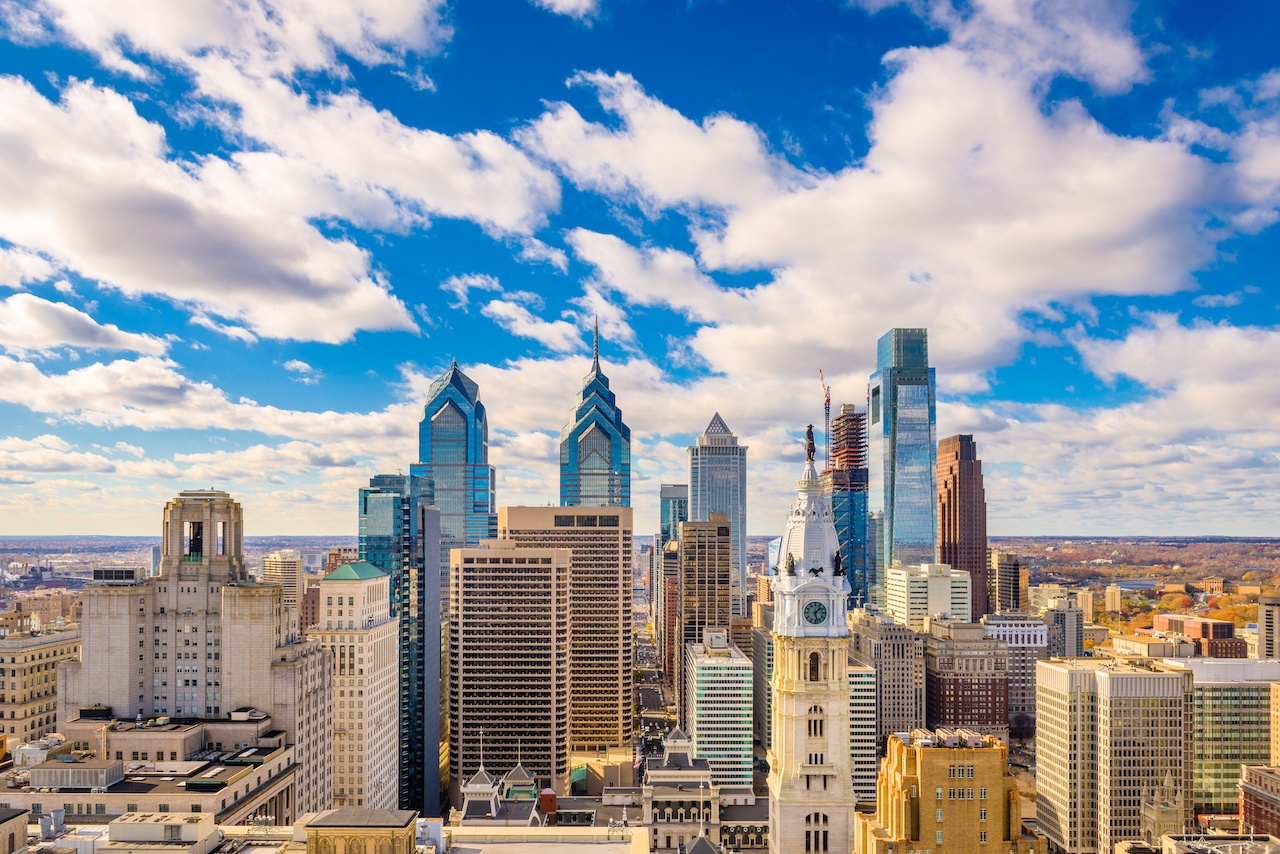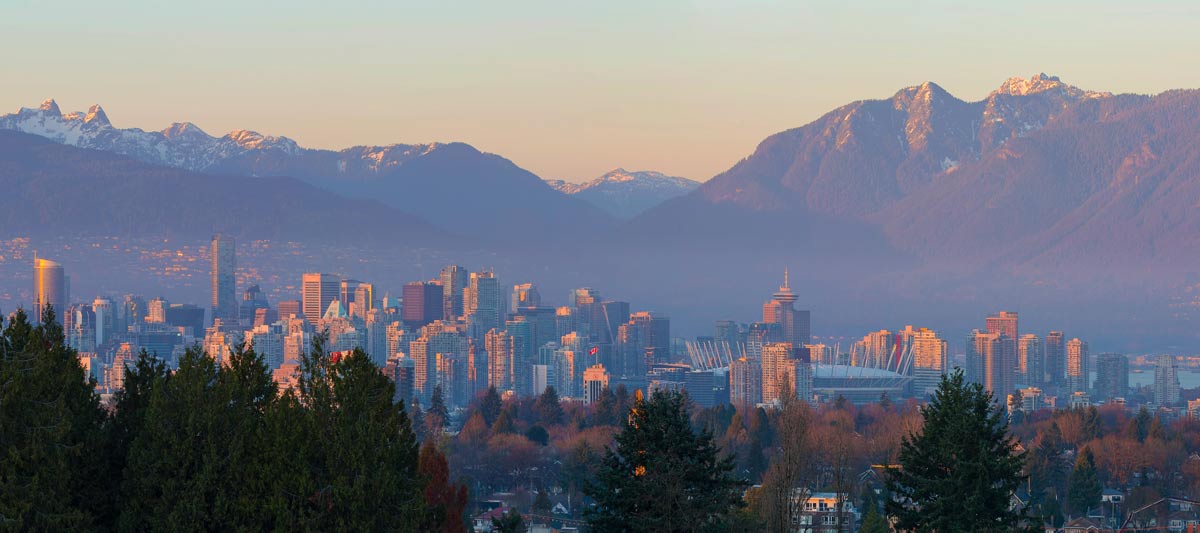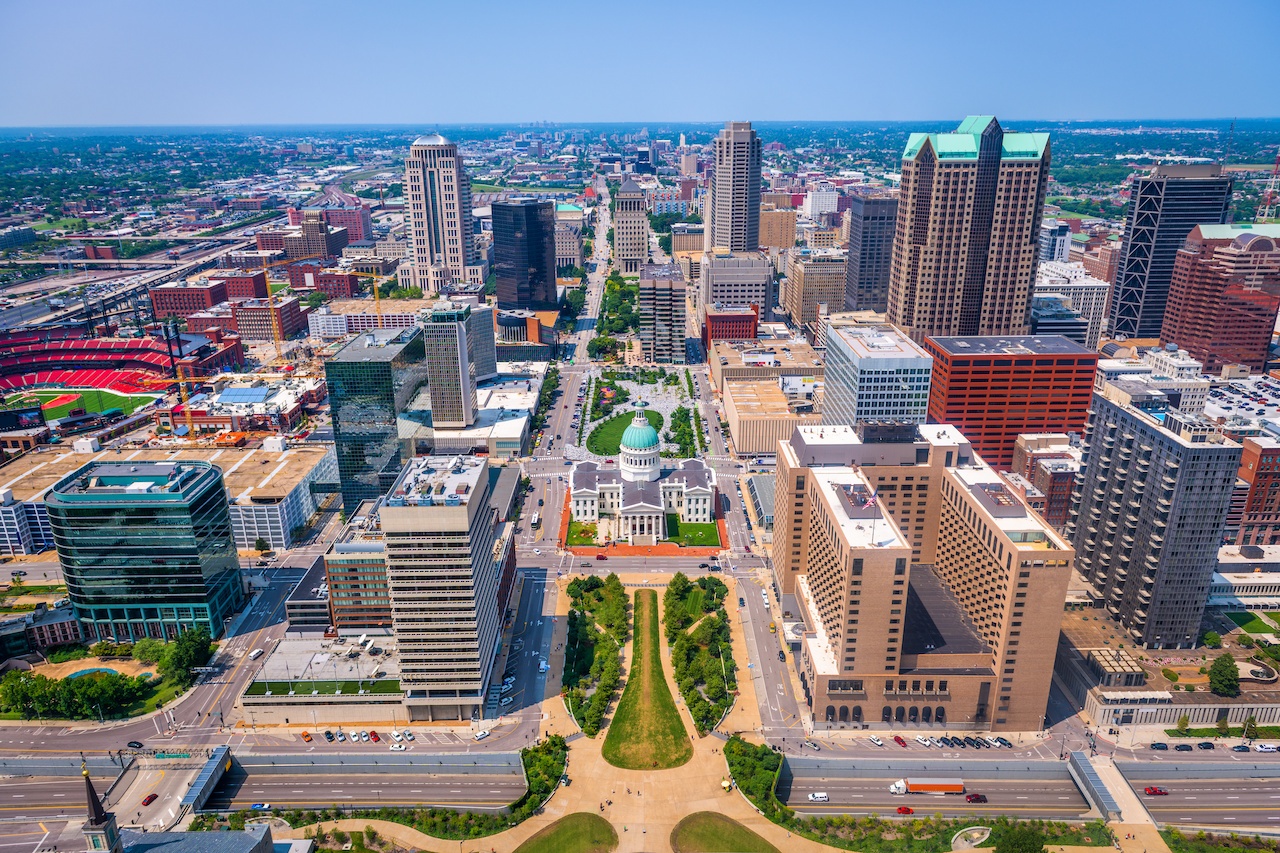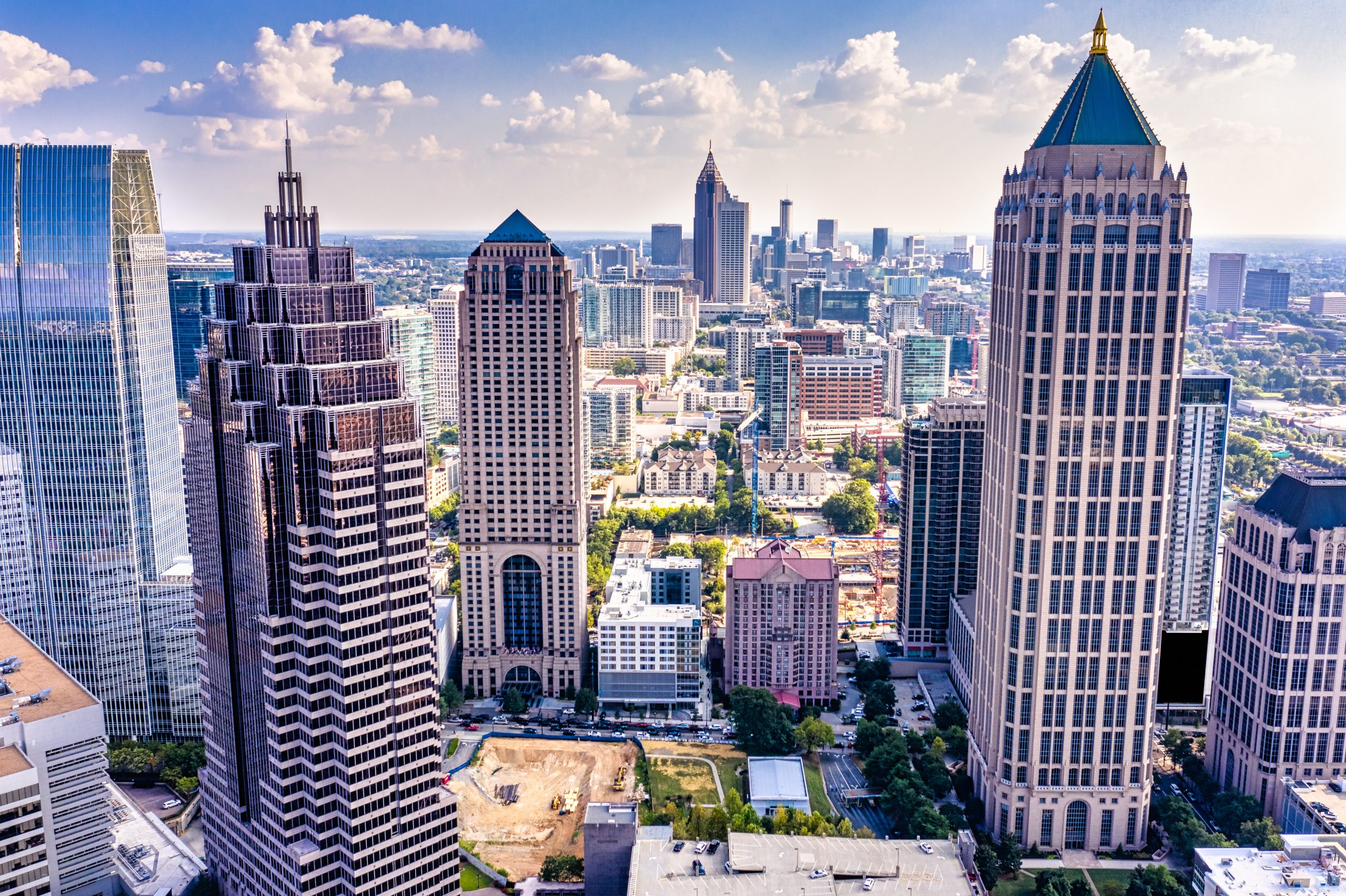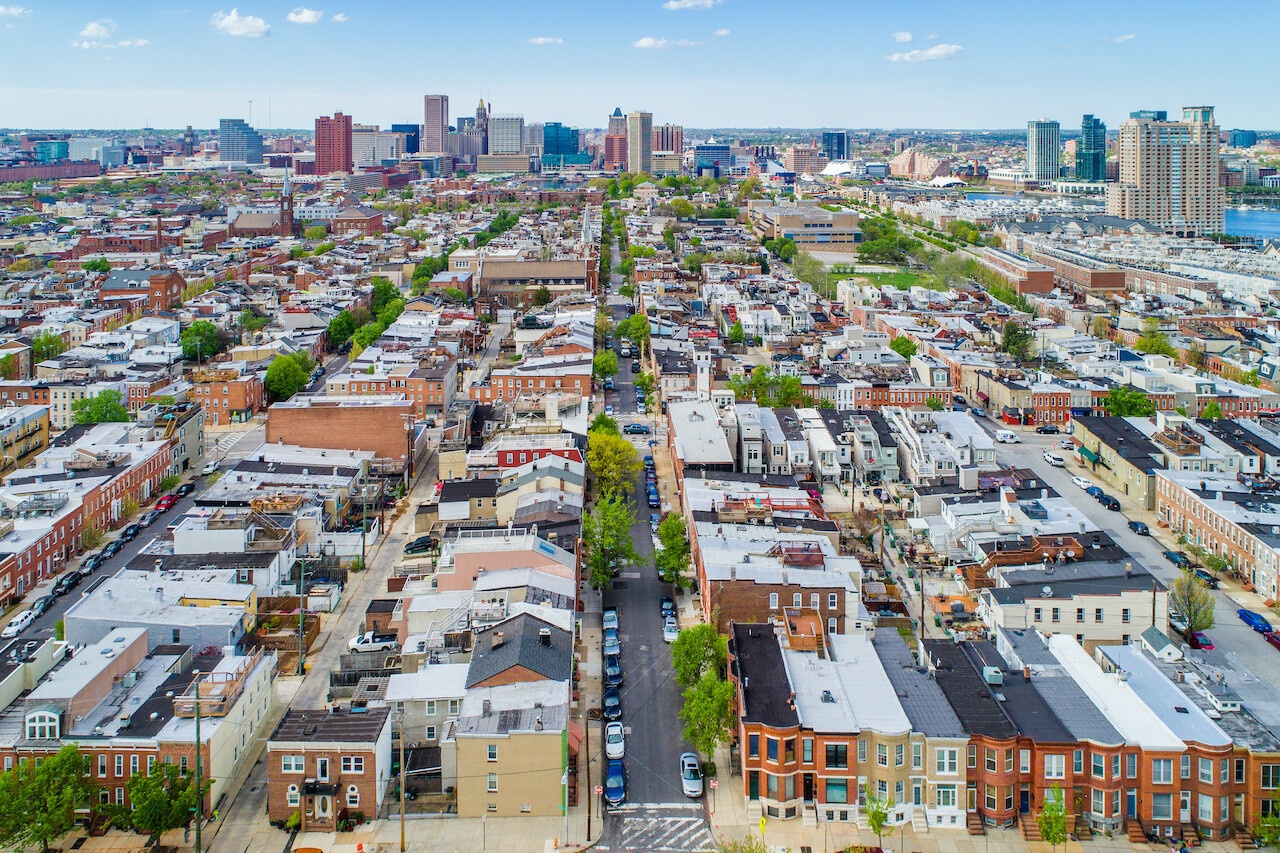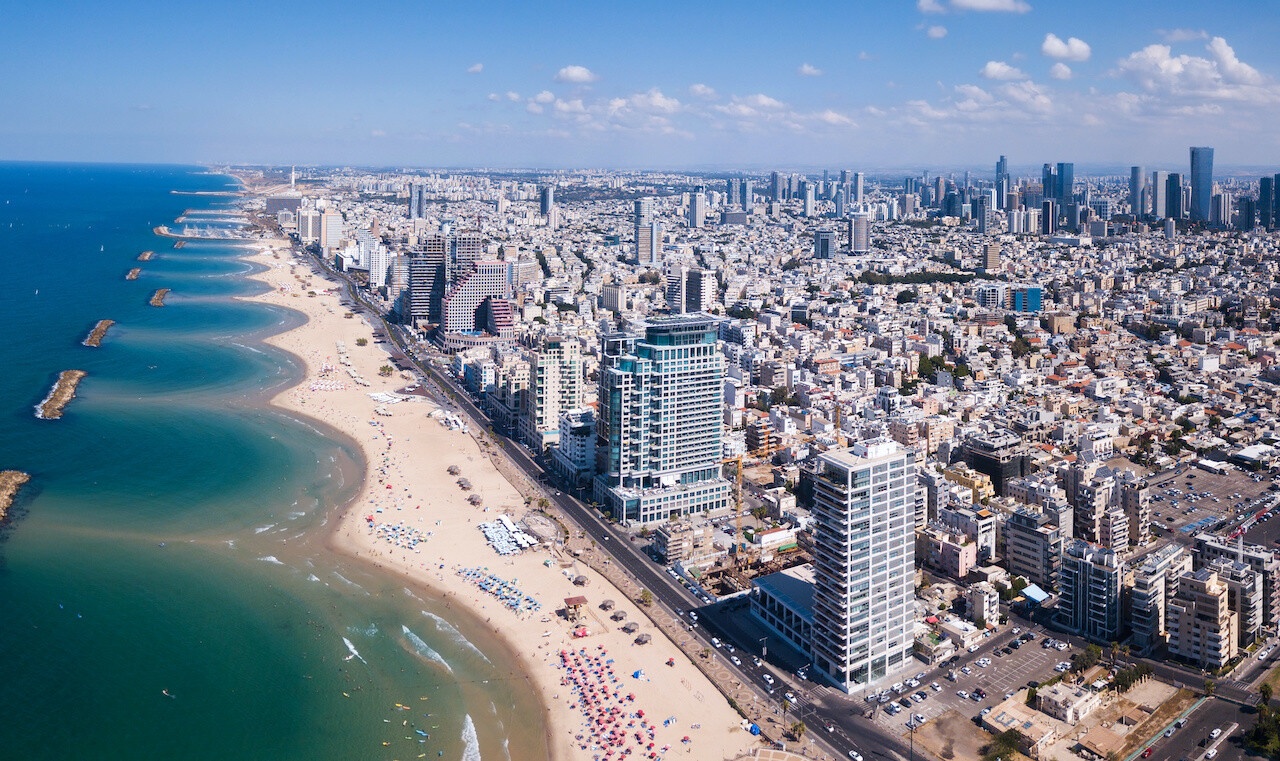Economy
A broad category of content focused on economic-related topics in cities.
Examples: jobs, finance, public-private partnerships, business management, inequality/poverty, budgeting, micro/macroeconomics
Small-scale manufacturing should be part of every city’s plan for economic recovery
Small-scale manufacturers are locally owned businesses that produce anything from hats to hardware to distilled spirits to coffee and more. Unlike large manufacturers, they fit into relatively small commercial spaces and are clean, quiet neighbors. Your city might be home to some of these kinds of businesses already.
How Affordable Green Housing Enhances Cities
Housing that is affordable to low-income residents is often substandard and suffering from deferred maintenance, exposing residents to poor air quality and high energy bills. This situation can exacerbate asthma and other respiratory health issues, and siphon scarce dollars from higher value items like more nutritious food, health care, or education. Providing safe, decent, affordable, and healthy housing is one way to address historic inequities in community investment. Engaging with affordable housing and other types of community benefit projects is an important first step toward fully integrating equity into the green building process. In creating a framework for going deeper on equity, our new book, the Blueprint for Affordable Housing (Island Press 2020), starts with the Convention on Human Rights and the fundamental right to housing.
The Pandemic, Inequality, Housing Affordability, and Urban Land
Since the Great Recession of 2008, the housing wealth gap has expanded to include not just Black and Brown Americans, but younger White Americans as well. Millennials and Generation Z Whites are now joining their Black and Brown peers in facing untenable housing precarity and blocked access to wealth. With wages stuck at 1980 levels and housing prices at least double (in inflation adjusted terms) what they were 40 years ago, many younger Americans, most with college degrees, are giving up on buying a home and even struggle to rent apartments suitable for raising a family.
What makes it hard for policy people and citizens to accept this truth is that we have not seen this problem in a very long time. Back in the 1920s of course, but not really since then. But this is actually an old problem that has come back to haunt us; a problem first articulated by Adam Smith in the 1700s.
COVID-19 Presents an Opportunity to Build Back Stronger Cities
Many cities are leveraging lessons and actions of the COVID-19 crisis to refocus on and drive ambitious sustainability and resiliency strategies. These cities are implementing a “build back better” strategy that ultimately will benefit some of the most vulnerable groups affected by both climate impacts and COVID-19. These strategies can strengthen building infrastructure, create good jobs for those who need them most, and rapidly accelerate cities’ carbon emissions reduction goals.
The work of better, happier cities cannot be implemented by governments or private organizations alone. Regional governments, businesses, banks, and financial institutions must commit to green stimulus and inclusive recovery. These recovery strategies will prioritize jobs and growing the economy, support health and pollution reduction, enhance energy and climate resilience, and support decarbonization, all while focusing on social equity.
New Data Suggests On-Demand Transit is Essential for Equity
Los Angeles, Arlington, and Jersey City prove that thoughtful integration of on-demand public transit can help cities foster equal opportunity for all.
In the midst of COVID-19 shutdowns, on-demand transit has begun serving specific community needs, such as food delivery to vulnerable populations, and transporting hospital workers in the overnight hours. Further, data shows that dynamic, on-demand public transit has proven to be a mobility lifeline for those in low-income areas during this crisis.
How to Scale Innovative Financing Solutions for Green Infrastructure
Historically, like most urban infrastructure, green infrastructure has been the responsibility of local governments. Green infrastructure is rarely seen a priority for local governments because its value is not always obvious or quantifiable. Growing pressure on municipal budgets, and many competing priorities for funds, has decreased the focus on green infrastructure. An additional challenge for local governments to scale the implementation of green infrastructure is the ability to invest in it in the first place, as green infrastructure depends almost entirely on public financing.
The biggest roadblock for implementing and scaling green infrastructure is the financing. We urgently need innovative financing solutions that will alleviate the financial burden of the public sector by strategically involving the private sector. The private sector can drive the uptake of green infrastructure through capital investments and implementation support, while reaping the social, environmental, and financial benefits. These actions from the private sector can help mainstream infrastructure that is smart, sustainable, and resilient to a changing climate.
Plans, Pandemic, Protests: Time For Cities to Pause & Pivot
This paper describes the immediate and possible future impacts of COVID-19 on planning in the Greater Vancouver area.
The first part introduces three initiatives, launched in 2019, to refresh city and regional plans. The second part identifies new challenges for plans to address and initial responses to COVID. The paper concludes with transferable observations on reframing plan making in the context of COVID and fiscal constraints.
Included are four planning steps that combine inspirational objectives for economic and equitable recovery, with aspirational plans for longer term resiliency, and offer actionable programs to move forward in the context of available resources.
Cut Expensive Housing Regulations to Preserve the Middle Class
Noting that house prices have been growing three times faster than incomes in the last two decades, OECD found that “housing has been the main driver of rising middle-class expenditure.” Moreover, OECD noted that the largest housing cost increases are in home ownership, not rents.
Housing largely determines the cost of living. For example, in the United States, more than 85% of the higher cost of living in the most expensive US metropolitan areas is in housing. Fundamentally, housing affordability is not about house prices; it is about house prices in relation to household incomes. Housing affordability cannot be assessed without metrics that include both prices and incomes.
How Urban Industry Can Contribute Green Solutions for COVID-Related Health Disparities
The best nature-based solutions on urban industrial lands are those that are part of a corporate citizenship or conservation strategy like DTE’s or Phillips66. By integrating efforts such as tree plantings, restorations, or pollinator gardens into a larger strategy, companies begin to mainstream biodiversity into their operations. When they crosswalk the effort to other CSR goals like employee engagement, community relations, and/or workforce development, like the CommuniTree initiative, the projects become more resilient.
Air quality in urban residential communities near industrial facilities will not be improved by nature alone. But nature can contribute to the solution, and while doing so, bring benefits including recreation, education, and an increased sense of community pride. As one tool to combat disparate societal outcomes, nature is accessible, affordable and has few, if any, downsides.
3 Ways Communities Can Bond with Residents in the Age of Covid & Beyond
There is a risk of further widening the gap between so-called ‘knowledge workers’ able to do their jobs remotely and afford to move, and those with place-based employment who cannot. Beyond that, retreating residents might take the very identity and uniqueness of the places they abandon with them.
Nurturing the community-resident bond could be an antidote to these dismaying departures, and new research sheds light on how. A recent report by the Urban Institute and commissioned by the Knight Foundation surveyed 11,000 residents of 26 U.S. metro areas to uncover what amenities created a “sense of attachment and connection to their city or community.” Three key recommendations emerged in Smart Cities Dive’s synopsis of the results.
COVID-19 Pandemic Highlighting the Essential Need for Playgrounds
Since our founding over 24 years ago, KABOOM! has worked hand-in-hand with communities to build incredible, kid-designed playspaces that help give kids in every zip code the opportunity to thrive. Right now, we’re in a scenario we never could have imagined: supporting public health recommendations that playgrounds remain closed.
The challenge of COVID-19 is tremendous, but it also presents an opportunity for the nation to rally around an urgent need: investing in the infrastructure of childhood. We believe that through deep partnerships with communities and a range of public, private, and philanthropic partners, we can achieve what we call playspace equity. Simply put, this means a world in which every kid has access to quality playspaces regardless of factors like race, ethnicity, income, or zip code.
Fighting COVID-19: How Gamification Can Reenergize Local Government and Help Save Small Businesses
The first COVID-19 related campaign that was designed to encourage local consumption was called “The Local Shoppers Challenge.” This one campaign generated $145,000 in local economic activity within just two weeks, at a time when COVID-19 was shutting down the economy. Colu launched this campaign in partnership with the Tel Aviv Foundation, which works to help disadvantaged communities in the city. The campaign features a digital punch card; when the card is used four times at local businesses for a transaction of at least NIS 20 (~US $6) each, residents are granted a one-time reward of 35 Tel Aviv coins (~US $10). This award is only offered to residents that complete the entire challenge (four qualifying transactions).

